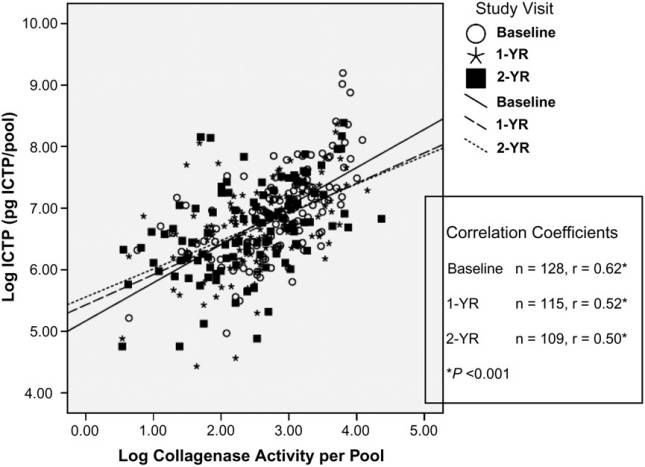Introduction
ESSEX PALLIATIVE AND SUPPORTIVE CARE NETWORK FORMULARY AND GUIDELINES FOR MANAGEMENT Updated April 2010 CONTENTS Introduction General Principles Principles of Prescribing in Palliative care Syringe Drivers Emergencies in Palliative Care Steroids in Palliative Care Care of the Dying Pain Control Gastrointestinal Symptoms Anorexia and Cachexia Nausea and Vomiting Constipation Diarrhoea Bowel Obstruction Malignant Ascites Mouth Care Respiratory Symptoms Breathlessness Cough Hiccups Other Common Symptoms Urinary Symptoms Agitation Skin Care (including pressure and wound care) Lymphoedema General References and Further Reading









